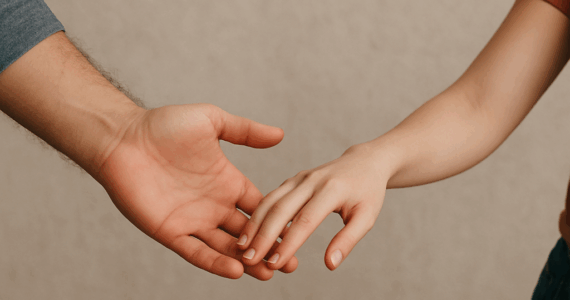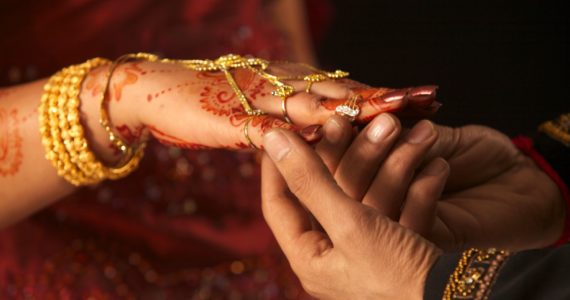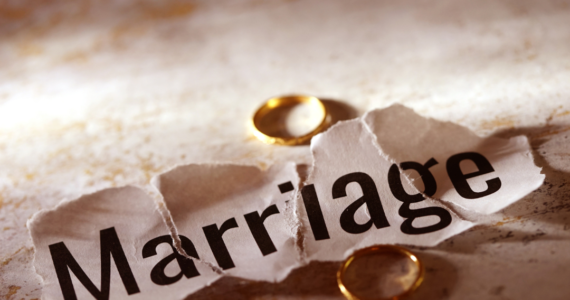Source: https://www.skillsyouneed.com/ips/personal-appearance.html
Personal appearance is an often disregarded part of communication and presentation skills.
When you are speaking in public, you may be representing your organization or just yourself. It is still you at the front. It is you that the other person, group, or audience sees, and before you have time to open your mouth and say anything, certain assumptions, both consciously and subconsciously, have been made.
First impressions are very important – they can be about attitude as well as dress.
Visual impact is at least as important as verbal impact. People will very quickly make assumptions based on your personal appearance, including your facial expressions, the clothes you wear, how well-groomed you are, and your body language.
Clothes and Grooming
Perhaps the most obvious element of personal appearance, and certainly the easiest one to change, is what you wear and how well-groomed you look.
Nobody is likely to be able to tell you exactly what is appropriate attire in any given situation. There will, however, be plenty of people to tell either you or someone else if you get it wrong. The questions that you have to ask are:
What sort of external image is appropriate to the organisation you represent?
What image will fit with the event that I am attending?
Only you can answer these questions.
- Some organizations are happy for people to be casually dressed. This is particularly true in the technology industry.
- Other organizations may expect smarter attire, especially if you are representing the organization at an external event. There is, however, a whole range of options from smart casual to smart business. This can be especially challenging for women, although it is also more obvious if men get it wrong, and wear/don’t wear a suit at the wrong times.
It is important to be suitably dressed within expected limits.
You should also ensure that you are appropriately groomed. This does not mean that women have to spend two hours putting on make-up before attending an event. It does, however, mean that you should be clean, your clothes should be clean and ironed, and that your hair should be tidy.
Nobody expects you to be packaged into something you are not. However, your appearance is a reflection of your own self-esteem. You should aim to present yourself to your best possible advantage. Whilst you might be casually dressed when working within your organization, a more formal approach may well be preferable when representing your organization at an external meeting.
Good grooming and a tidy appearance are always preferable, whether casually or more formally dressed. It presents a much more professional appearance.
It also suggests that you think that you are relatively important: that you matter. This is important if you wish to be taken seriously. Nobody is going to respect someone who does not look like they respect themselves.
Facial Expressions
Little can be done to alter your face, but a lot can be done about the expression that is on it!
It does not matter how the day started or what minor crisis has occurred along the way. People have not come to this event or meeting to see you looking gloomy. If you do not look interested and enthusiastic about what you are saying, why should anyone else care?
It is your duty—to yourself as well as to the organization that you represent—to convey a calm, friendly and professional exterior, whatever you may feel inside. Try to smile and appear optimistic and confident. More to the point, try to convey how you (should) feel about a subject in which you are an expert: at least interested and capable, and preferably enthusiastic.
Paradoxically, simply behaving as though you are confident can actually help you to become more confident. This is very much a ‘virtuous circle’.
Mirror, mirror on the wall…
The reflection you see in the mirror is not necessarily a true likeness of the face known to family, friends, and colleagues because they see you off-guard, in repose, concentrating on a task, or listening to them.
Most people unconsciously change their expression when looking into the mirror.
It is quite natural to ‘play to a mirror’, possibly by raising an eyebrow, pulling a face, or smiling at the reflection. This is why people often feel self-conscious when they see a ‘bad’ photograph of themselves.
The Real You:
It is human nature to make compromises. We all change our approach depending on the people we meet and what we feel is expected from us.
Your ‘on-duty’ self, the one who functions in public, is different from your ‘off-duty’ self, the one concerned with home, family, and friends.
These differing roles all require their own particular qualities and skills in personal communication and can also call upon different requirements of attitude and personal appearance. Your external image, your personal appearance, is how you are seen by the world, whereas the real you (not a role model or the person you would like to be) is someone who is honest with themselves.
Body Language
Understanding body language is one of the most important aspects of personal presentation. The image conveyed by the physical self should support and enhance what is being communicated verbally. If the visual image differs widely from the spoken message, it is often the non-verbal account that is believed.
The way you sit and stand, your gestures and mannerisms, and your facial expressions will say far more about you and how you are feeling at any given time than the words you are using. When individuals are nervous or uneasy, their behavioral ‘bad habits’ become more pronounced.
Awareness of your body language, how you behave under pressure, what signals you are unconsciously giving, how nerves and stress affect you physically, can help you understand how you ‘come across’ to others. It can also explain how the wrong impression is sometimes given and how confusion can occur.
Working on body language is a way of improving personal presentation.
For example, when concentrating on something rather hard, your expression may look troubled, when in reality you are not anxious at all, just absorbed. This does not mean you should go around with a fixed smile on your face. However, you do need to be aware that your physical self might send one set of signals when your mind is involved elsewhere.
Body language can also be used as a mask to convey contrary feelings. How often have you nodded firmly when you did not understand a word, smiled when your instinct was to scowl, or clapped enthusiastically at the end of a talk that nearly put you to sleep? In these cases, you were not being hypocritical, but using body language positively as the mechanism of good manners.
Our gestures are part of our personalities, a part of how we express ourselves. Hand and arm movements can add emphasis, aid explanation, and convey enthusiasm. They only become a negative signal when repeated so often that they become irritating to the observer. Listeners can become so side-tracked by the sight of someone constantly playing with their hair, tapping on the table with a pen, etc., that they no longer listen to the spoken word. These negative signals can break down the communication process.
Positive and Negative Body Language
Positive body language includes:
- Maintaining eye contact with the person you are speaking to.
- Smiling (if appropriate) but especially as a greeting and at the end of a conversation.
- Sitting squarely on a chair, leaning slightly forward (this indicates you are paying attention).
- Nodding in agreement.
- A firm handshake.
- Presenting a calm exterior.
- Looking interested.
Negative body language includes:
- Not looking at a person when speaking.
- Tapping a foot, fingers, etc.
- Rocking backward and forwards.
- Scratching.
- Continually clearing your throat.
- Fiddling with hair, ear lobes, jewelry, jacket, glasses, etc.
- Picking at fingers or fingernails.
- Yawning.
- Repeatedly looking at your watch or a clock in the room.
- Standing too close to others.
- Inattention to a person who is speaking.
A final thought
You may believe that personal appearance shouldn’t matter. You might, quite rightly, believe that you are much more than the clothes that you wear, or whether you remembered to brush your hair that morning, or if you look grumpy.
It is, of course, true that each of us is far more than our appearance. However, when we meet someone new, we inevitably make judgements about them. With nothing else to go on, we rely on appearance. How you look does matter, therefore, even if you wish it did not. You only get one chance to make a first impression, and you want it to be the right one.








